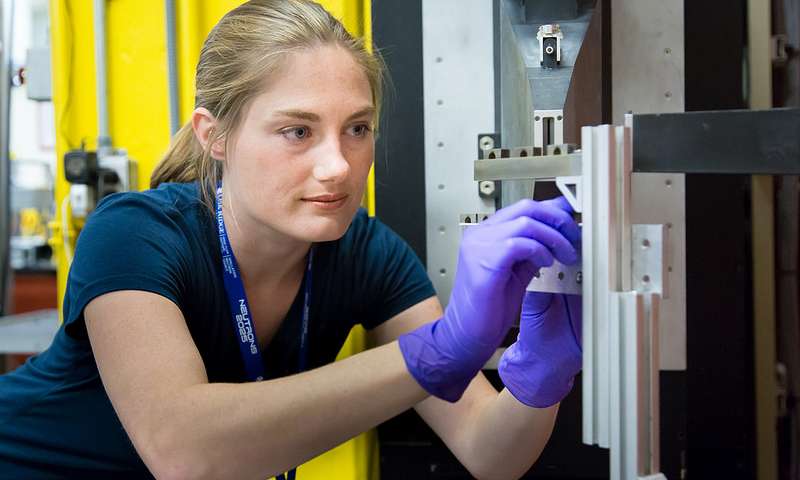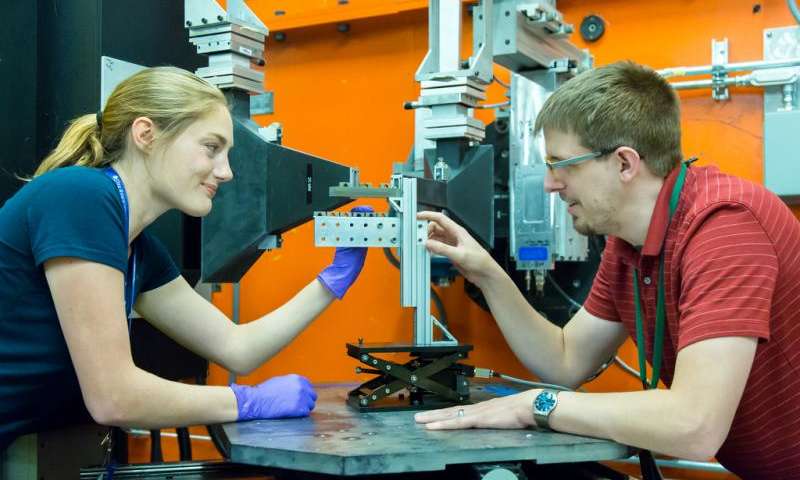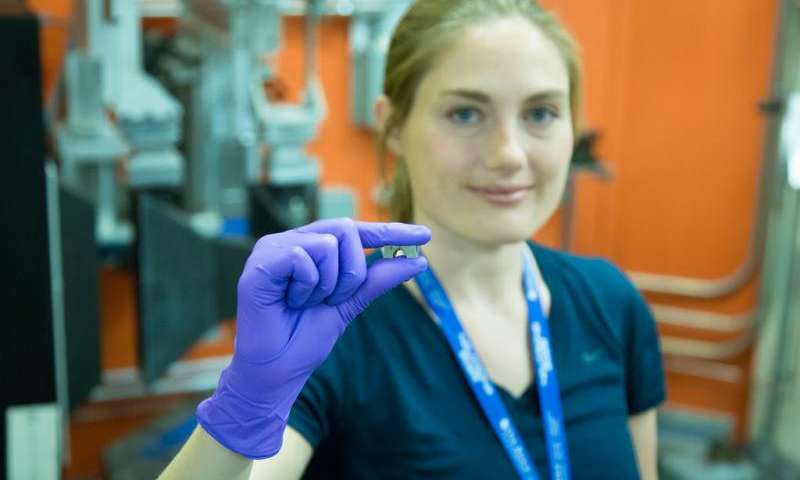NASA Engineers Use ORNL Facility to Study How Neutrons Affect 3D Printed Parts that May Go into Space
 While there are multitudinous examples of how 3D printing is not only relevant today but quickly becoming crucial, the aerospace sector certainly evidences this fully, surpassed only by what is happening in the medical field. Embroiled in finding valuable uses for the technology far before we even heard the term 3D printing or additive manufacturing for the first time, NASA has been a forerunner in 3D printing. Considering the level of work they perform, it’s certainly not surprising to see them using the most high-tech resources available. And from space suits meant to be worn en route to Mars to 3D printed rocket engines to dynamic collaborations with companies like Aerojet Rocketdyne, it’s obvious that 3D printing will be a part of aerospace well into the future—and especially with NASA.
While there are multitudinous examples of how 3D printing is not only relevant today but quickly becoming crucial, the aerospace sector certainly evidences this fully, surpassed only by what is happening in the medical field. Embroiled in finding valuable uses for the technology far before we even heard the term 3D printing or additive manufacturing for the first time, NASA has been a forerunner in 3D printing. Considering the level of work they perform, it’s certainly not surprising to see them using the most high-tech resources available. And from space suits meant to be worn en route to Mars to 3D printed rocket engines to dynamic collaborations with companies like Aerojet Rocketdyne, it’s obvious that 3D printing will be a part of aerospace well into the future—and especially with NASA.
Many companies and research labs are studying the processes associated with 3D printing and additive manufacturing, along with weighing out the pros and cons. It’s doubtful that anyone puts as much detailed effort into their studying and exploration, however, as NASA. As one would expect, Destination: Space tends to put a substantial amount of seriousness into even the smallest of projects and constructions. Now, engineering teams at NASA’s Marshall Space Flight Center in Huntsville, Alabama are truly getting into minute detail as they begin researching exactly how neutrons will have a positive impact on 3D printed rocket engine parts.
Sometimes scientific research involves a little help from other facilities as well, evidenced here as the team from NASA used the Neutron Residual Stress Mapping Facility at Oak Ridge National Laboratory’s (ORNL) High Flux Isotope Reactor (HFIR), beam line HB-2B. With the ultimate hope of finding 3D printed materials suitable for space flight, the NASA researchers closely examined residual stress and how it affects certain parts. If they were to be qualified for use by NASA, both reduced cost and accelerated speed in production would obviously be extremely positive.

Stacey Bagg, one of the research engineers from NASA’s Marshall Space Flight Center, uses HFIR beam line HB-2B as her team studies 3D printed parts for eventual validation in space flight. [Image: Genevieve Martin/ORNL]
“Using the additive manufactured version of one engine component we are studying could reduce the amount of time needed to build a space-flight ready engine by years,” said Stacey Bagg of NASA Marshall.
And while we all like to see both money and time saved in any project, for NASA the priority is in safety. Nothing else pre-empts that factor, which speaks very highly of NASA’s fondness for employing 3D printing technology already. This means, of course, that corners cannot be cut in the research and development phase.
The research that these engineers are currently engrossed in delves deeply into examining exactly how residual stresses are able to develop during 3D printing, affecting rocket components. According to NASA, the team will be releasing their research to the public, benefiting all as we learn more about how additive manufacturing, especially with metal, can be improved, allowing for stronger and more improved properties when dealing with complex mechanics and geometries. Discuss further in the Emendo 3D File Repair Software forum over at 3DPB.com.“Of particular concern are the residual stresses in the resulting additive manufactured components, as residual stresses may affect material properties and resultant part geometries and are difficult to measure on the resulting complex shapes,” said Bagg. “The HFIR neutron residual stress facility provides the unique capability to take detailed internal residual stress measurements on these shapes.”

Jeff Bunn, right, ORNL postdoctoral research associate and HB-2B instrument team member, assists Bagg with preparing the experiment. [Image: Genevieve Martin/ORNL]
Subscribe to Our Email Newsletter
Stay up-to-date on all the latest news from the 3D printing industry and receive information and offers from third party vendors.
Print Services
You May Also Like
3D Printing Grows to $15.9B in 2024 Amid Shifting Industry Dynamics
The global additive manufacturing (AM) market reached $15.9 billion in calendar year 2024, according to “Q4 2024 3DP/AM Market Data and Forecast” from Additive Manufacturing Research (AM Research). Despite a...
Low-cost “Suzy” Polymer Powder 3D Printer is Faster and Cheaper than Past Models
Polish laser powder bed fusion (LPBF) firm Sinterit has released a follow-up to its predecessors, Lisa and Nils, called Suzy, a $19,490 printer equipped with a 30W fiber diode laser....
BellaSeno’s 3D Printed Breast Implants Keep Shape with 87% Fat Volume, Avoids Silicone Risks
At a medical conference in Austin this week, a new kind of breast implant took center stage. It is not made from silicone but from a 3D printed, fully resorbable...
Australia’s Untapped Potential as a Disruptive Innovator: SPEE3D CTO Steven Camilleri Explains Why He Wants to Make Stuff There
When I first met Steven Camilleri in 2023, the CTO of additive manufacturing (AM) OEM SPEE3D shared a quote with me from Clayton Christensen, the late Harvard professor who popularized...



























